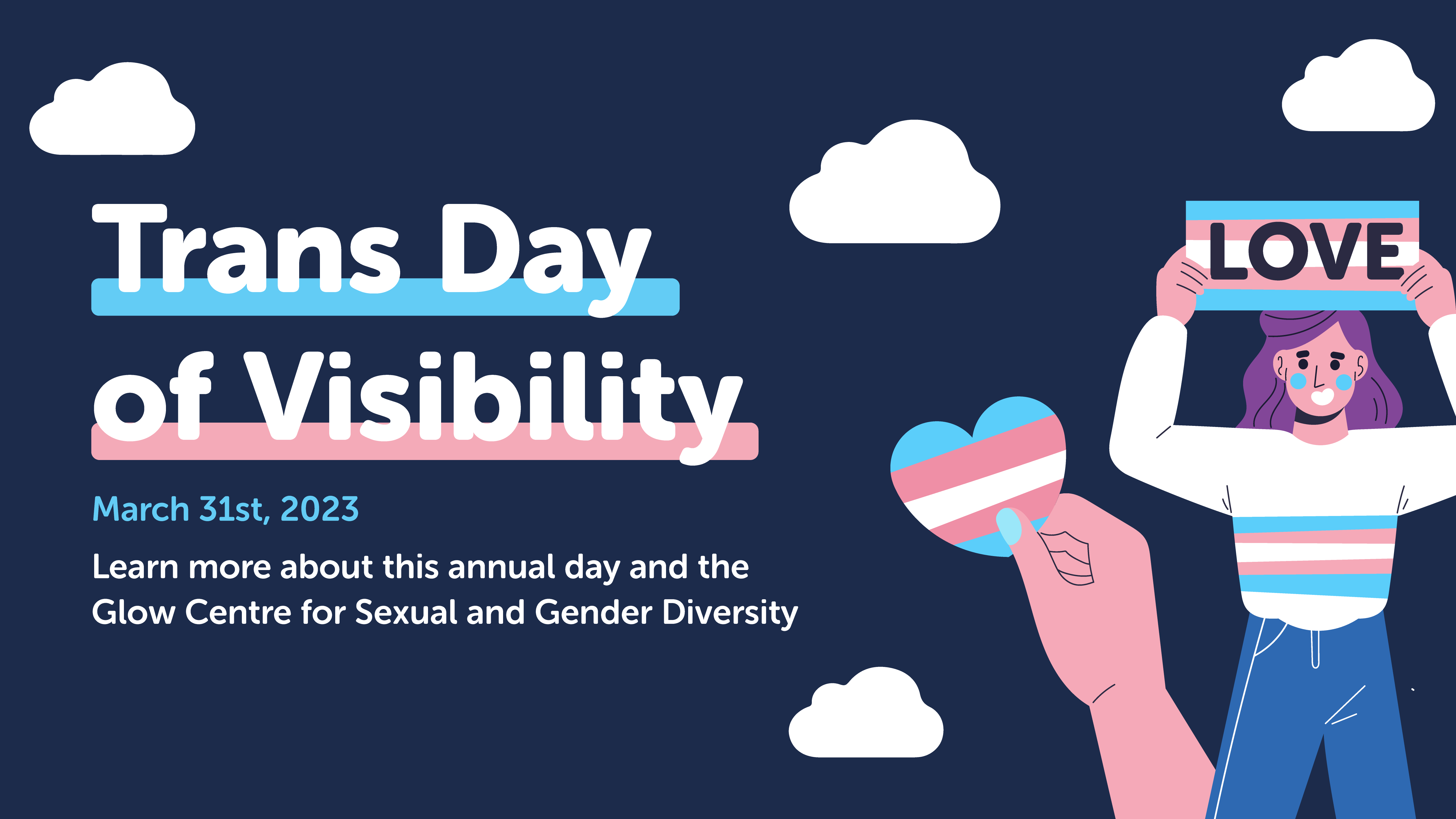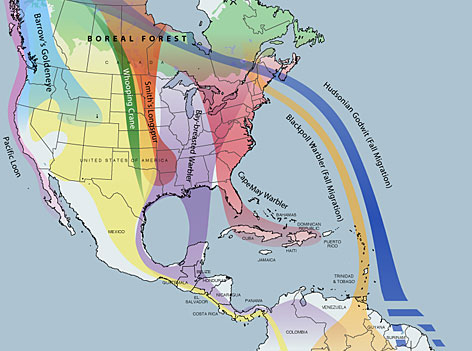On Transgender Day Of Visibility: How A Gender Euphoria Scale Can Improve Mental Health

Table of Contents
Understanding Gender Euphoria and Dysphoria
Understanding the concepts of gender euphoria and gender dysphoria is crucial for appreciating the role of a Gender Euphoria Scale. Gender dysphoria refers to the distress or discomfort caused by a mismatch between one's assigned sex at birth and one's gender identity. This can manifest in various ways and significantly impact mental wellbeing, often leading to anxiety, depression, and other mental health concerns. Conversely, gender euphoria encompasses the positive feelings, affirmation, and sense of self that comes from aligning with one's true gender identity. Experiencing gender euphoria is vital for overall mental health and well-being within the transgender and gender non-conforming community. Addressing both gender dysphoria and gender euphoria is vital for holistic mental healthcare.
- Gender euphoria: Positive feelings and affirmation associated with one's gender identity. This can range from small moments of joy to profound feelings of self-acceptance and validation.
- Gender dysphoria: Distress and discomfort associated with a mismatch between one's gender identity and assigned sex. This can manifest physically, emotionally, and socially.
- Importance of addressing both: Focusing solely on mitigating dysphoria isn't sufficient; actively fostering and measuring gender euphoria is equally crucial for comprehensive mental healthcare.
The Role of a Gender Euphoria Scale in Measurement and Tracking
A Gender Euphoria Scale provides a structured method to quantify and track the positive feelings associated with gender identity. Unlike solely focusing on the negative aspects of dysphoria, this scale allows individuals to actively measure and monitor their progress on their transition journey. Regular self-assessment using a validated scale offers several significant advantages:
- Provides objective data for clinicians: This allows healthcare providers to gain a clearer understanding of the patient's experience and tailor treatment plans accordingly.
- Enables individuals to track progress over time: Seeing quantifiable improvements in gender euphoria can be incredibly validating and motivating for individuals undergoing transition.
- Facilitates communication between individual and healthcare provider: The scale provides a common language for discussing experiences and progress, improving the effectiveness of therapeutic interventions.
- Helps identify triggers and coping mechanisms: By tracking euphoria levels, individuals can identify factors that increase or decrease their positive feelings, leading to the development of effective coping strategies.
Utilizing the Scale for Personalized Treatment Plans
The data collected through a Gender Euphoria Scale is instrumental in informing and personalizing treatment decisions. This tool allows healthcare providers to tailor interventions to meet the unique needs of each individual. For example:
- Adjusting hormone replacement therapy (HRT): Euphoria levels can guide adjustments to HRT dosages to optimize positive outcomes.
- Modifying social transition strategies: The scale can help determine the pace and approach to social transition, based on individual comfort levels and experiences.
- Incorporating specific coping strategies into therapy: Understanding triggers and patterns related to gender euphoria enables the development of personalized coping strategies.
- Measuring the effectiveness of different treatments: The scale can track the impact of various interventions, helping determine which approaches are most beneficial.
Challenges and Considerations of Using a Gender Euphoria Scale
While Gender Euphoria Scales offer valuable tools, it's essential to acknowledge their limitations. The development and application of such scales require careful consideration of several crucial factors:
- Lack of standardization across different scales: The absence of a universally accepted scale can lead to inconsistencies in measurement and interpretation.
- Potential for subjective interpretation: Individual experiences of gender euphoria can be highly subjective, potentially affecting the accuracy of self-reported data.
- Need for culturally appropriate scales: Scales must be developed and adapted to account for cultural variations in understanding and expressing gender identity.
- Importance of clinician training and interpretation: Healthcare providers need adequate training to effectively use and interpret the data generated by these scales.
Conclusion
On Transgender Day of Visibility, we highlight the significance of a Gender Euphoria Scale in enhancing the mental well-being of transgender and gender non-conforming individuals. By quantifying positive gender experiences, the scale provides valuable insights for both individuals and healthcare providers, leading to more personalized and effective treatment plans. Addressing both gender euphoria and gender dysphoria is crucial for holistic care. Learn more about Gender Euphoria Scales and how they can contribute to improving your mental health journey. Seek support from healthcare professionals experienced in transgender care to discuss the use of a Gender Euphoria Scale in your own personal assessment and treatment plan. Let's continue to work towards a more inclusive and supportive environment for all, using tools like the Gender Euphoria Scale to measure and celebrate progress.

Featured Posts
-
 Explore The New Lindt Chocolate Shop A Central London Gem
May 14, 2025
Explore The New Lindt Chocolate Shop A Central London Gem
May 14, 2025 -
 Tensions Franco Algeriennes Vues De Cote D Or Temoignages Et Analyses
May 14, 2025
Tensions Franco Algeriennes Vues De Cote D Or Temoignages Et Analyses
May 14, 2025 -
 Best Places To Travel In May Your Ultimate Guide
May 14, 2025
Best Places To Travel In May Your Ultimate Guide
May 14, 2025 -
 Israels Eurovision Vote Eden Golan To Reveal Points In Grand Final
May 14, 2025
Israels Eurovision Vote Eden Golan To Reveal Points In Grand Final
May 14, 2025 -
 Expat Migration To Canada Outpacing The Us
May 14, 2025
Expat Migration To Canada Outpacing The Us
May 14, 2025
